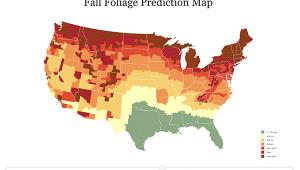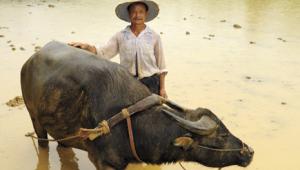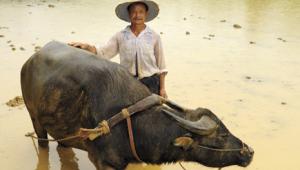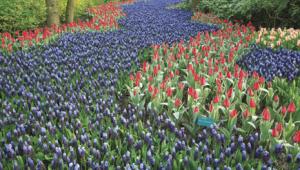On The Road; Prime Time; Weighing My Optical Options
This may surprise you, but I prefer to travel with single focal length lenses rather than zooms.
I have several reasons. First, my primes are usually one to two stops faster than zooms, which is important not so much because I shoot with my lenses wide-open but rather because the extra one or two stops of speed makes the image brighter in the viewfinder—which means it’s easier for me to see and compose under low-light conditions.
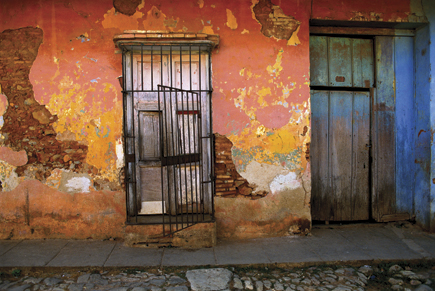 |
|
|
The other thing I like about primes is that when I go into areas where people might not be particularly fond of having their pictures taken, zoom lenses often present a pretty big profile, especially, say, a 70-200mm with a lens shade on. It’s much less intimidating to have a camera around your neck with a small lens on it. Think about taking a portrait of someone at the 85mm setting on a 70-200mm when you’re a few feet away from the person. It’s far less intrusive to use an 85mm lens.
I know the old adage: a zoom lens replaces two or three fixed focal length lenses in the weight department. Well, I actually once tested this out by weighing the two or three lenses that a zoom replaced, and the two or three lenses together were actually lighter than the zoom. So maybe the zoom replaces them in terms of space taken up in my camera bag, but not in terms of weight.
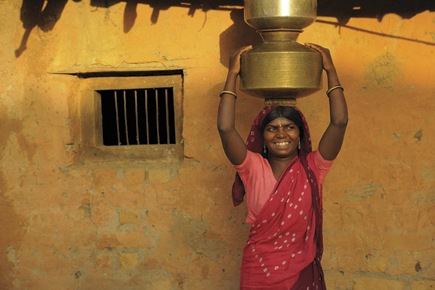 |
|
|
While many people believe that primes are sharper than zooms, I haven’t found this to be true, and sharpness doesn’t enter into my decision. I’ve found over the years that zoom lenses are outstanding optically. The only zoom lens I currently have is a 14-24mm, and it’s unbelievably sharp. (Why do I carry it if I prefer primes? Because although I don’t normally shoot at the extreme wide angle of 14mm, when I want to, I have a lens that’ll give me that focal length, plus 16mm and 18mm and so on.)
Ultimately, I guess I choose prime lenses because they are compatible with the way I work. On a recent trip to Africa, for instance, I did 80 percent of my shooting with one lens, a 35mm. I also carry a 60mm micro and an 85mm for portraits and, periodically, a 105mm. I’ll carry the 105mm for portraits when I expect the backgrounds might be kind of busy—a fair or a marketplace, for example. In an instance like that I’ll want the 105mm rather than the 85mm so I can knock the background out of focus a little more.
 |
|
|
I’ve recently started using my 60mm micro a lot. It’s slower than the others—it’s a 2.8 lens—but it’s very unobtrusive, light, and phenomenally sharp. Normally I wouldn’t have thought of shooting portraits with a 60mm lens—I’d usually be thinking of lenses in the 80-100mm range—but I found that with the 60mm I was working a little closer to my subject, which really provides intimacy, and that’s important. I think the 60mm micro is optimized for close-range work, so I’ve used it so far only for close-ups and portraits. But that limitation works well for me because in a lot of the places I visit the people wear colorful traditional dress and they might have body markings or wear incredible jewelry and fabrics, and with that lens I can get portraits and then right away move in to get a tight shot on a bracelet or some fabric or decorative detail. (In a situation like that, I take the portrait first before moving in for the close shots; it’s a better way to work with people.) My cameras, by the way, are FX-sensor (full frame) Nikons—the D700 and the D3.
The drawback to prime lenses has to do more with digital photography than lenses: the dust factor. I have to be more careful because I’ll be changing lenses more frequently than I would if I were using a zoom. I always make sure I’ve shut off the camera before I switch lenses, and I always make sure I’m pointing the camera down when I make the change. (I use rear lens caps made by OP/TECH; they have rubber seals to help keep dust and moisture away from the rear element, and they’re quite wide—they cover not just the rear element but the entire mount.) Maybe I’ve just been lucky, but not long ago I shot for three weeks in Rajasthan, India, and, soon after, almost three weeks in the high and dry Altiplano region of Bolivia and had no trouble with dust in either location.
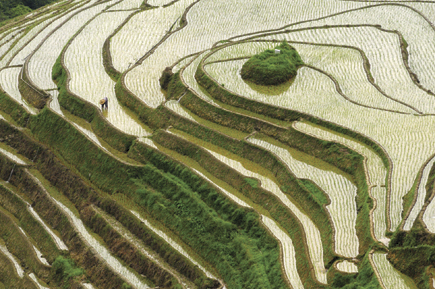 |
|
|
So while I find no problems with zooms—as I said, the ones I’ve used have been incredibly sharp and versatile—for the way I work, travel time is almost always prime time.
Maynard Switzer’s website (www.maynardswitzer.com) features several portfolios of his travel images.
